Despite how far I feel I’ve come both personally and professionally over the last few years there are still times where I’m really knocked back a step, and reminded just how much further I need to go in order to get to where I want to be. I’ve only been making photographs since 2015 – and the work I’m proud of from those early years is very lightweight indeed! Picking up film gave me a kick, and through 2017 and 2018 I worked hard to establish myself, and figure out the direction I wanted to take. 2019 was my first year of shooting film only, digital only when shooting for clients, or when assignments required a fast turnaround. 2020 was the same – in fact I don’t think I shot a digital image after this assignment in early March, after which I was entirely focused on documenting the unfolding global stories which started to permeate everyday life.
While this feels like a lot, it means only two and a bit full years shooting film at all – a tiny amount compared to those whose careers span decades. I’m nowhere near 1000 rolls shot, which means all of this is technically still my early work. Early work means lessons learned, and a recent lesson was that no matter how well thought out my workflow may be it only takes a small mistake or miscalculation at any stage to totally ruin a frame.
I use stand development for almost everything I shoot, and an advantage of this is that it retains excellent highlight detail. This allows me to make my exposures a little more freely sometimes, so when shooting high contrast scenes I am usually more comfortable erring on the side of maintaining shadow detail.
When photographing recently in Washington DC I was actually being quite careful with my exposures, as I really wanted my images to come out well. I was on the steps by the Lincoln Memorial and working on a scene involving some members of the National Guard who were posted to the top of the steps.
Washington DC. 21/1/21#ilfordhp5plus pic.twitter.com/L9AtZneETY
— Simon King (@simonking_v) January 23, 2021
What I didn’t realise at the time, and as you can see from the snapshot of the contact sheet here, is that the difference in exposure between the Washington Monument, and the bright midday sky, was not all that great. The soldiers were under shade, and have come out very well exposed, and I remember adjusting my settings to try and meter a balance between the highlight and shadows. The Washington Monument is a highly reflective brilliant white marble, so I simply must not have realised just how little difference there would be between it and the sky in my images. If you look at the negatives, it is definitely faintly there, so it may be possible to recover in the darkroom. As far as my digital scans are concerned however, it is entirely lost.
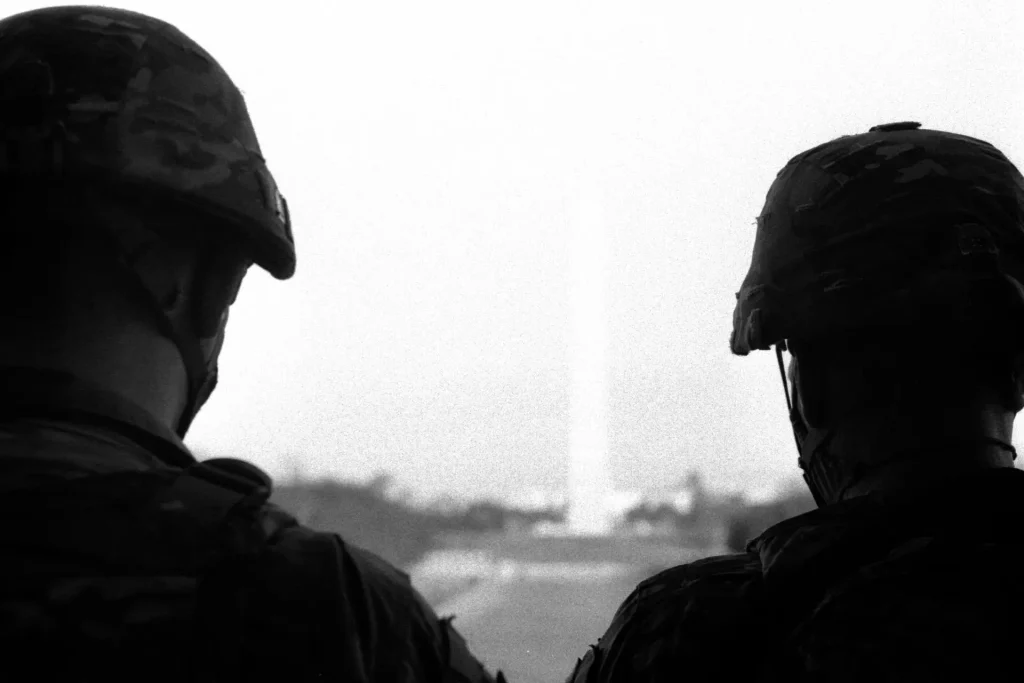
This is a shame, and while the resulting images are *fine* they just aren’t what I was going for, as I was specifically working the monument into my compositions.
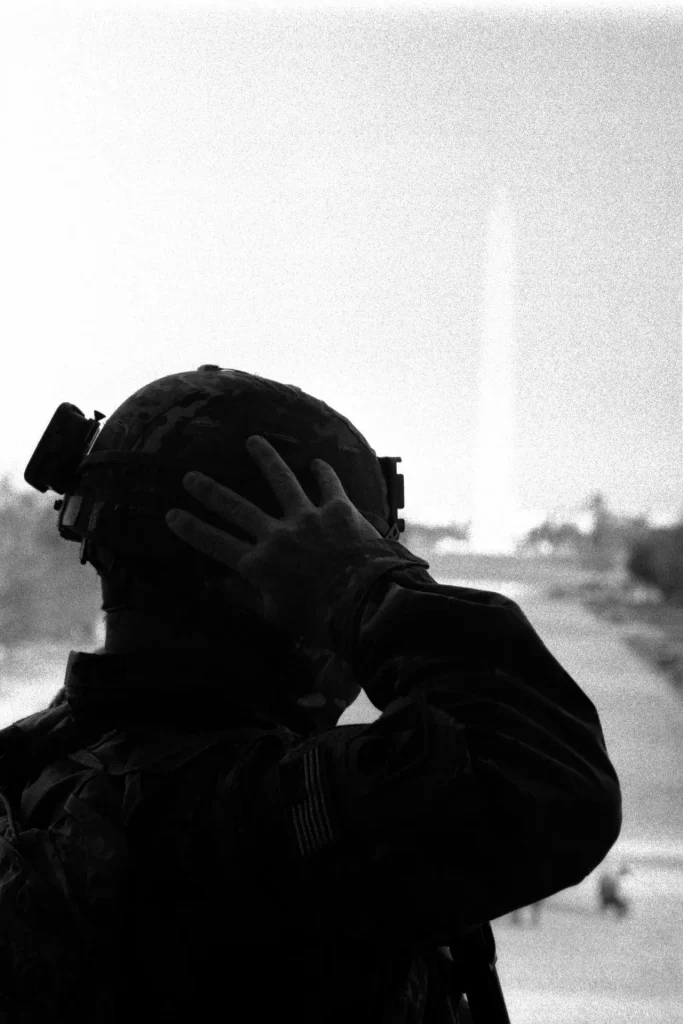
This means that in these frames something just feels like it’s missing. I had this in mind when developing the other roll I shot in that area, and used about 2ml less Rodinal than I normally would. This brought the Monument back for a few of those frames, but none were as powerful as the main image I’d missed out on, which was quite a simple one with just the soldier, his rifle, and the monument.
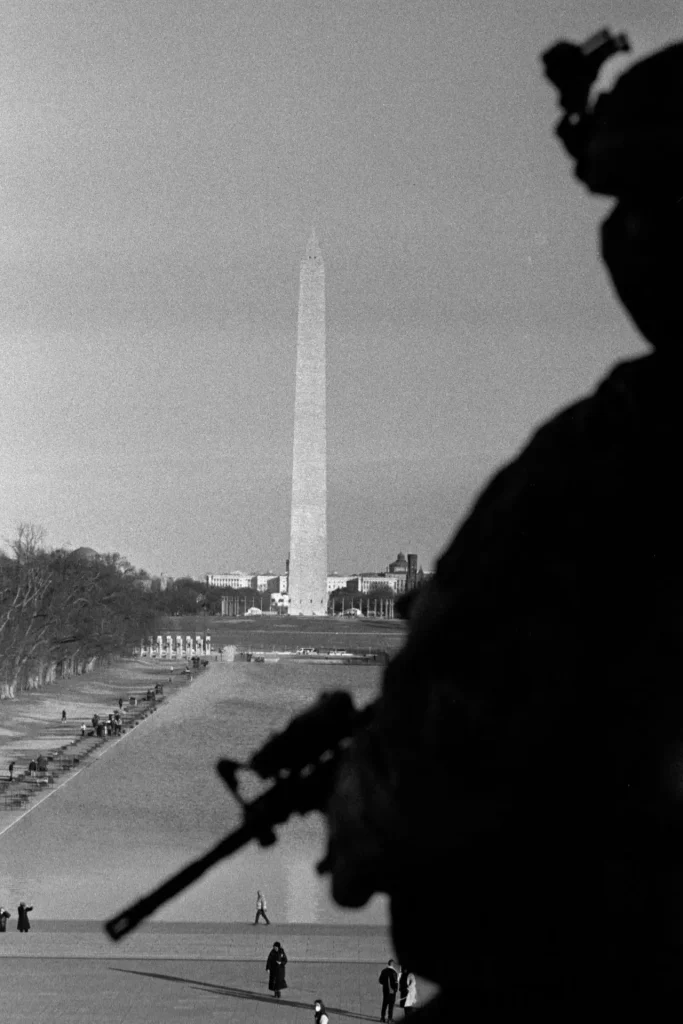
Even in these, you can see just how faintly it’s visible. All of these are on Ilford HP5+, a very robust film in even the worst of circumstances. These must have been circumstances even beyond that! Exposure method was consistent between the rolls, so the development approach is the only thing offering these different results.
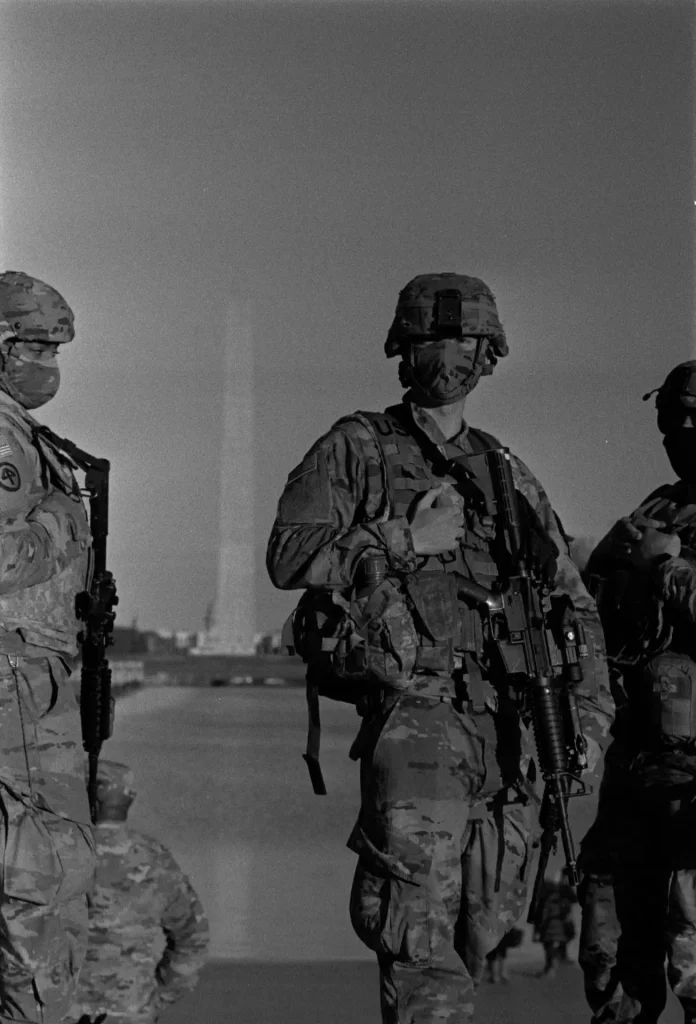
This was not the biggest mistake I made during this trip – that’s a story for another article, and an even more rookie error, but with far greater consequences. As far as lessons learned from this experience, I will keep a far closer eye on more nuanced elements of my frame, especially when it is very brightly lit.
Thanks for taking the time to read this article! I wish it had never happened :/ but hopefully there’s something for people to take from this! If you want to read about more mistakes I’ve made then this article here, and this one are for you! I’m currently working on curating and sequencing my work from the 2021 Presidential Inauguration, as well as the other work I produced during my most recent time in the States. I’ll be self publishing this work, so to keep up to date on that, and my other projects, follow me over on Instagram. In the meantime, I’ve collected together some of my work from my trips to the States from 2019, 2020, and most recently 2021, into a “digest” which can be found here.
Share this post:
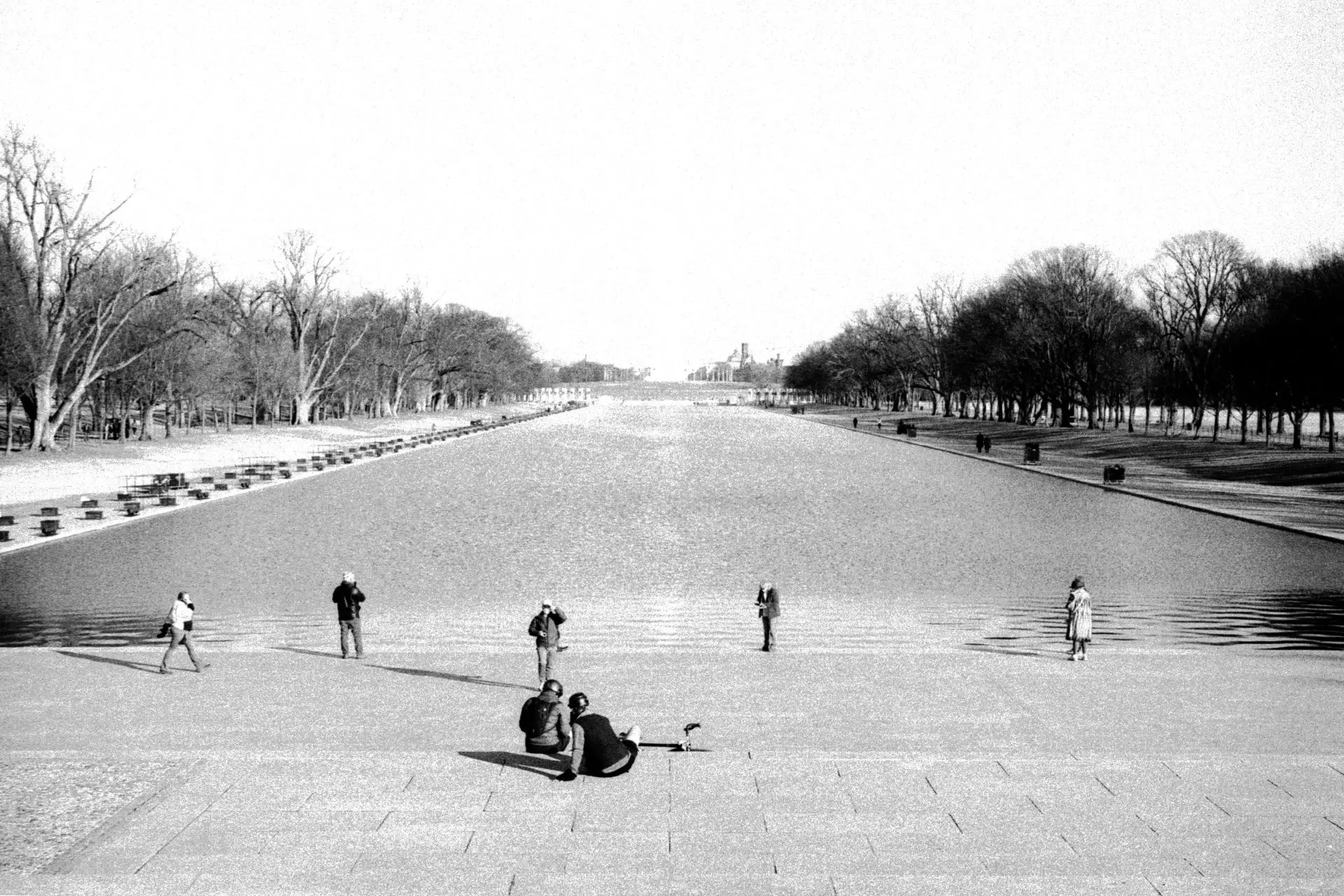








Comments
Kevin Ortner on How I Lost the Washington Monument – by Simon King
Comment posted: 11/03/2021
At any rate, the title of the article and the concept of intentionally blowing out the monument is actually a really cool idea. I really enjoy the title shot.
Comment posted: 11/03/2021
Roger on How I Lost the Washington Monument – by Simon King
Comment posted: 11/03/2021
Comment posted: 11/03/2021
Kenneth Rowin on How I Lost the Washington Monument – by Simon King
Comment posted: 11/03/2021
Comment posted: 11/03/2021
Jeff on How I Lost the Washington Monument – by Simon King
Comment posted: 12/03/2021
Comment posted: 12/03/2021
Jonathan Leavitt on How I Lost the Washington Monument – by Simon King
Comment posted: 12/03/2021
Comment posted: 12/03/2021
Alan Chin on How I Lost the Washington Monument – by Simon King
Comment posted: 14/03/2021